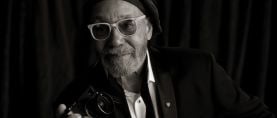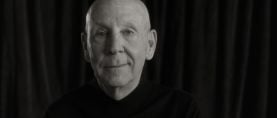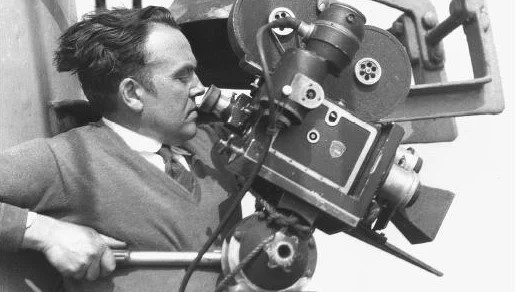
Aces of the Camera: Charles Rosher, ASC
A look at the philosophy of one of the Silent Era's most prolific cinematographers and a founding member of the ASC.
“Aces of the Camera” was a profile series that ran in AC for several years starting in the early 1940s. This article was originally published in AC Sept. 1941.
If you were a movie-goer during the years when Mary Pickford was “America’s Sweetheart,” you probably saw many a 24-sheet billboard advertising her films. And on these billboards, in addition to Miss Pickford’s name, the title of the picture, and mention of the supporting cast, you’d see, in letters every bit as large and prominent as those naming the director, “Photographed by Charles Rosher.” It wasn’t, as it would be today, “Charles Rosher, ASC,” because at that time there simply wasn't any ASC for Rosher or anybody else to belong to. He remedied that in 1919 when, with Victor Milner, Arthur Edeson, and a handful of other top-flight cinematographers, he founded what has since become the world’s foremost cinematographic organization.
Mary Pickford’s insistence on crediting and publicizing Rosher co-equally with her director was another instance of that Pickford business sense which has become legendary in Hollywood. After all, when you strip all the glamor and romanticized publicity away from it, a movie star’s fortune is literally wrapped up in the way she appears on the screen. And “Little Mary” safeguarded hers by entrusting it to Rosher who, then as now, was one of the industry’s acknowledged masters of the intangible art of photographically glamorizing women. Directors and leading men might come and go, but for more than a dozen years — right up to her retirement — no one but Charlie Rosher could be trusted to photograph the First Lady of Hollywood.
“You’ll find some stars who approach their work from a technician’s viewpoint. They know certain angles or actions are good, and that certain others make them photographically unattractive.”
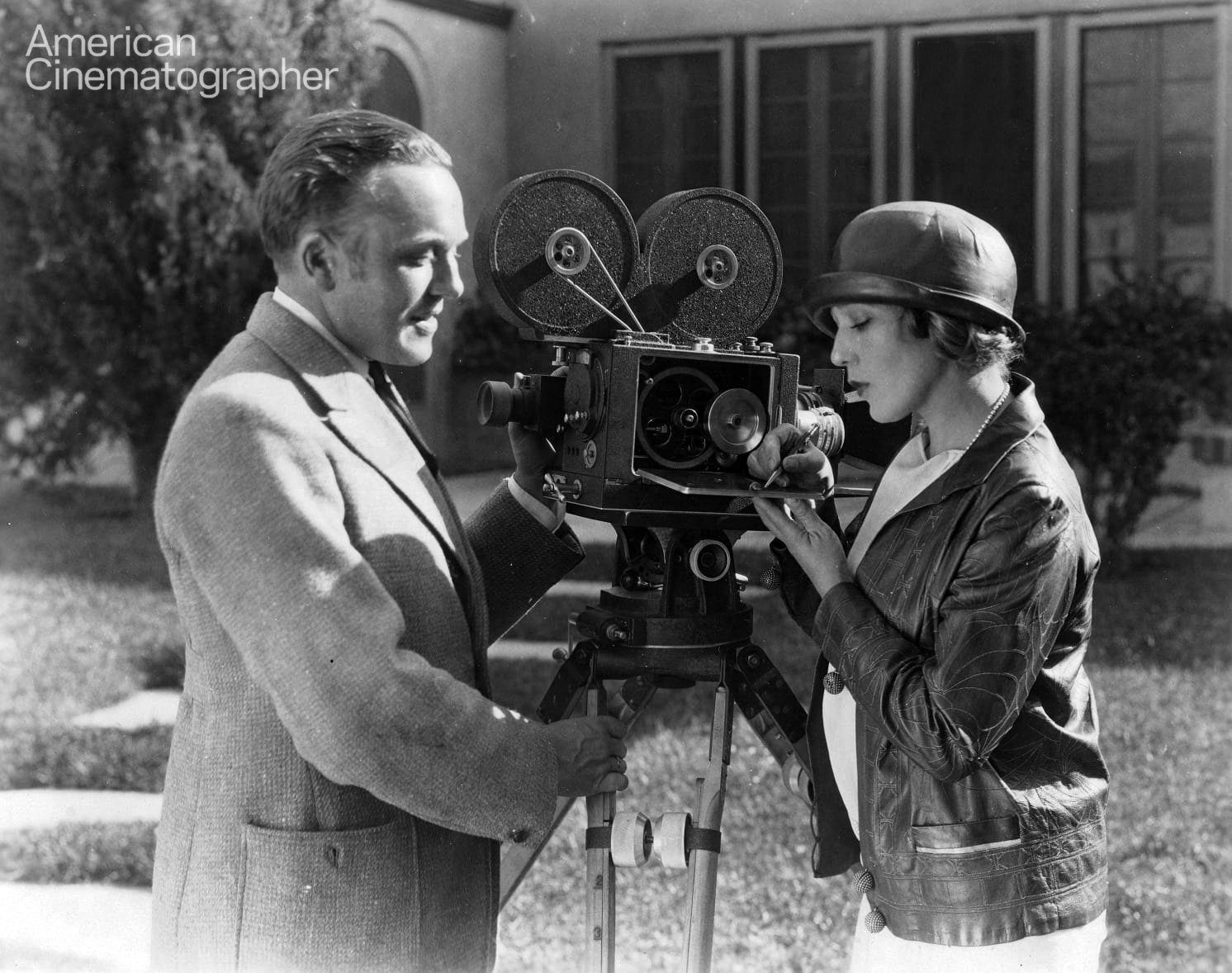
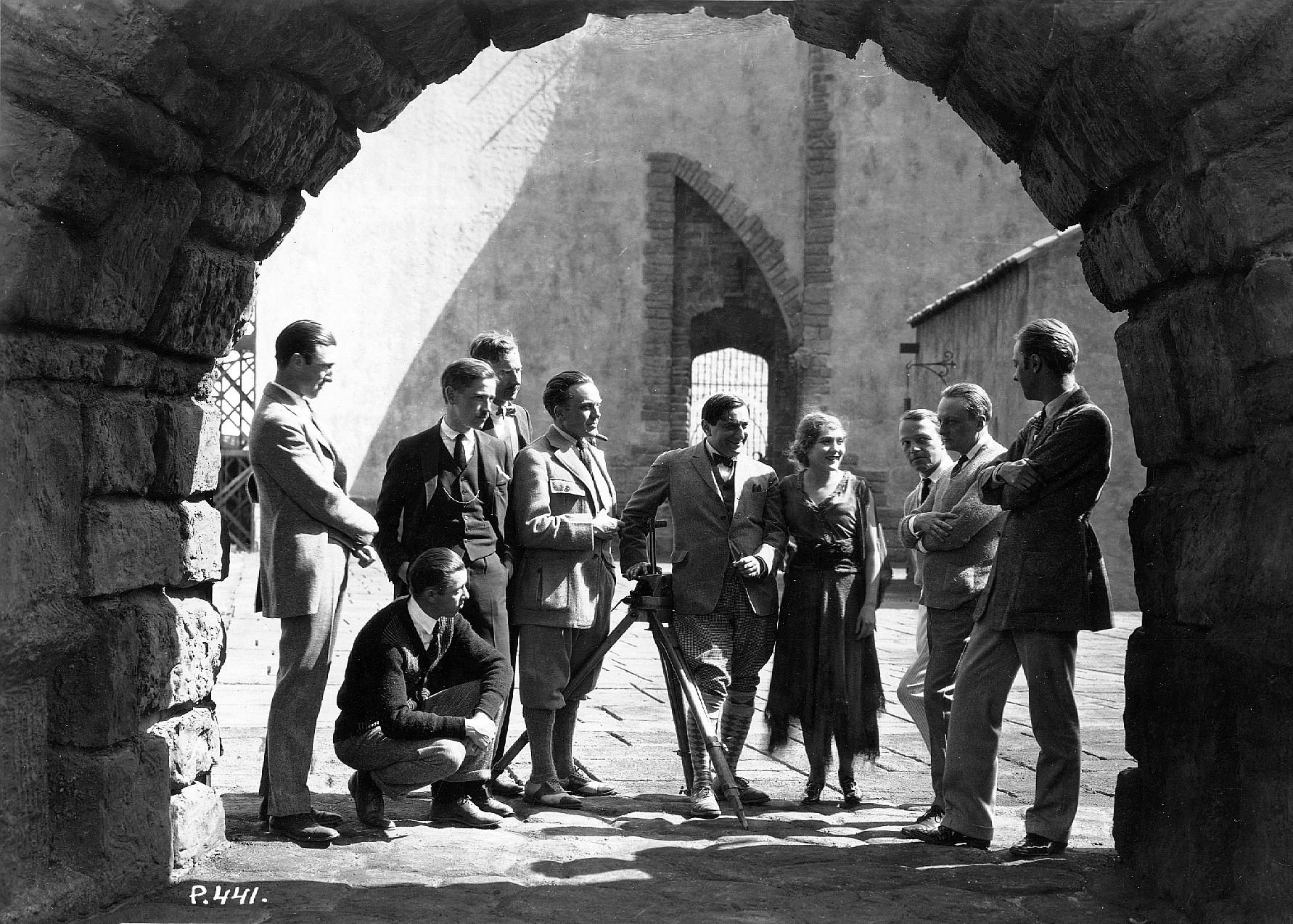
More than a few other picture-wise stars have felt the same way about Rosher’s skill: Joan Crawford, Constance Bennett, and plenty of others right up to such representative of America’s 1941 sweethearts as Martha Scott and Priscilla Lane have insisted that Rosher photograph them. And they’ve reason enough! Go to see any picture that has come from his camera: it may be a spectacularly pictorial job like Sunrise which, back in 1927 won for Rosher and Karl Struss, ASC the very first Academy Award for photography. Or like any of the many more recent releases which have pushed Rosher’s name repeatedly among the Academy Award nominees and “preview poll” winners. Or it may be a strictly unpretentious program picture of the sort which offers the cinematographer little or no chance for personal distinguishment. But you’ll have to look mighty closely before you see any player given even a second’s unflattering photography!
For that’s the way Rosher attacks a picture. “After all,” he says, “there are pictures— and pictures. Sometimes things will play into the cinematographer’s hands: the locale or period may be one that will offer spectacular settings and costumes; or the story may be such as to create an opportunity for spectacular dramatic mood and effect lighting. In a case like that, the cinematogapher can hardly help turning in a spectacularly pictorial job of camerawork.
“But, on the other hand, there are other pictures — not all of them, by any means, in the ‘B’ or program classification — which inherently offer the cinematographer nothing pictorial. The setting may be prosaic or downright ugly; the action may be light comedy-drama in a mood which can only be given conventional, crisp, high-key treatment.
“You’ve got to know what is the right mental approach to the task of photographing each star just as much as you must know the right technical means to employ.”
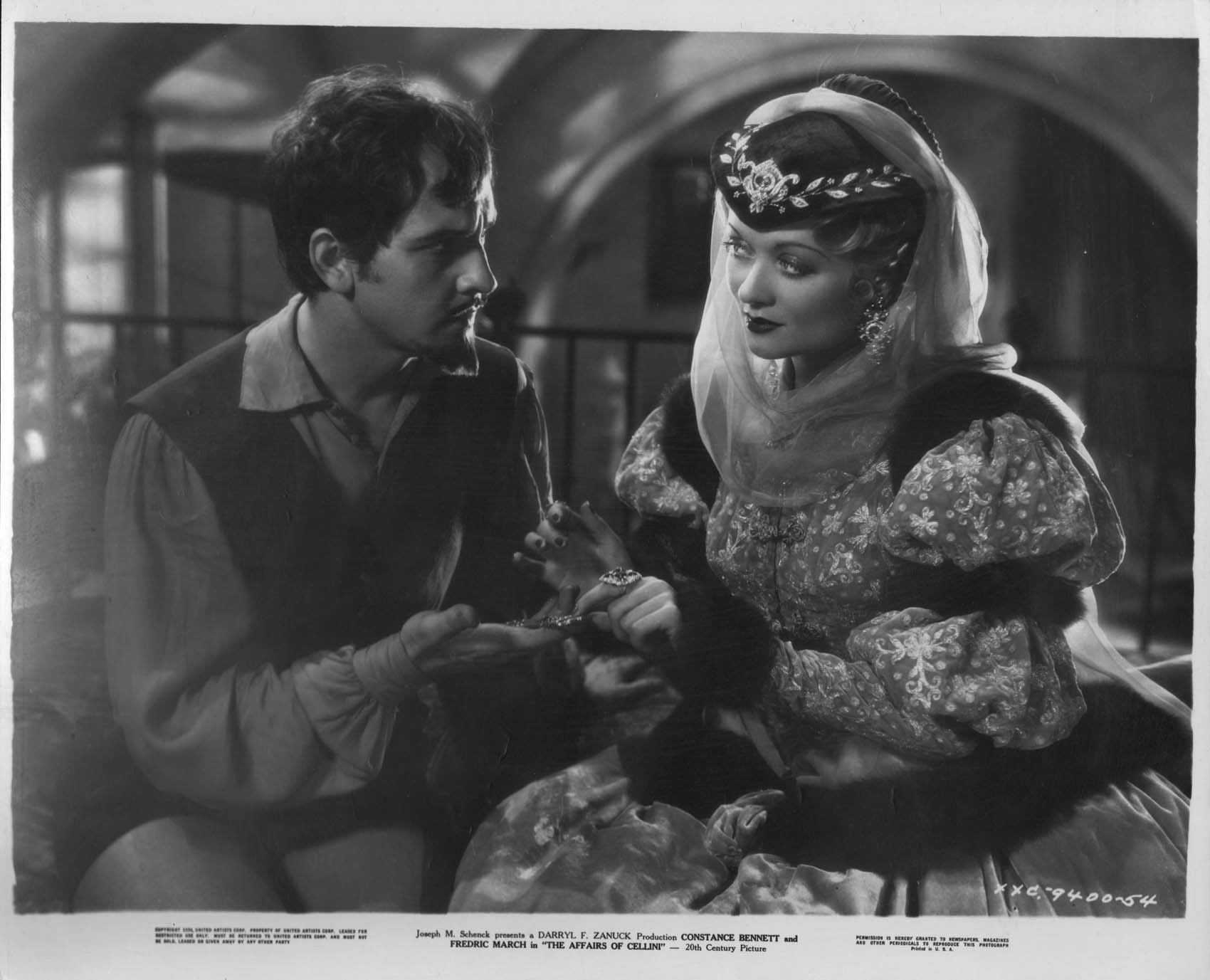
“But there are always the people! And they’re the element the public buys its way into the theater to see. So it stands to reason that we should concentrate our photographic efforts on them — on keeping them looking always as attractive as the public wants them to be.
“Both technically and psychologically, this is a challenge. You’ve got to know what is the right mental approach to the task of photographing each star just as much as you must know the right technical means to employ. And what’s right with one star may be utterly wrong with another one who has a different temperamental make-up. That, I think, is one reason why a star, given a choice between two or three cinematographers of actually equal attainments, may insist on one certain man in preference to others.
“For example, you’ll find some stars who approach their work from a technician’s viewpoint. They know certain angles or actions are good, and that certain others make them photographically unattractive. They want you to tell them just what to do and what not to do — and on the set they give a fine performance even though all the time they’re carefully avoiding doing those things you’ve warned against.
“On the other hand there are other players — every bit as capable — who just aren’t made that way mentally. If you tell them that this angle or that movement is bad for the camera, they’ll become so over-conscious of it that in their effort to avoid it, they’ll freeze right up and give a performance much below what they really can do. The critics simply say the actor has given a bad performance; but maybe it was the cinematographer’s psychological technique that was really at fault.
“Some of our modern equipment and methods have given us a remarkable advantage when we’re working with players like this. For example, a few years ago I made a number of pictures with a female star who had a particularly square jaw: to get the best results, it was necessary to soften or shade the front-light when she turned to certain angles, or when the camera dollied to her in certain ways. The most effective method, I found, was to mount a special lamp on the dolly, and sit beside it with a little paddle with which I could shade the light as necessary during the action. I’ve no doubt it was disturbing to the people on the other side of the camera — but it was the most effective method available then. Today, we can simply mount a Dinky Inky on the camera and manipulate it by remote control through a dimmer. Your lighting control will be equally precise — but the player will be much less conscious of it.
“And in that direction, I think, lies one of the most interesting trends I’ve noticed during the years I’ve been active in cinematography. We hardly realize it at the time, we’re so close to it all: but each successive technical advance that has come along has tended, in some measure to make conditions on the set more natural. When I first entered the profession, we had weirdly artificial-looking makeup, sets that were often unnaturally colored to suit the old orthochromatic film, and glaring, flickery arc lights. Today, makeup is all but unnoticeable; panchromatic film makes it possible to photograph natural-appearing sets, and the nature and intensity of our lighting are rapidly approaching normal room-level standards, so that, all told, the actor can feel he is under much more nearly normal surroundings than ever before.
“In fact, in some instances, he can actually do his work under strictly normal surroundings. In my most recent film, One Foot in Heaven, we filmed several important sequences in this story of a clergyman’s life actually within one of Los Angeles’ finest churches. Not so many years ago, it would have been impossible to do this.
“I am sure the results on the screen will prove more dramatically convincing than any of us could have obtained a few years ago.”

“In the first place, the church would scarcely have tolerated picture people working there; in the second place, it would have been technically impossible to light such an edifice photographically and yet obtain a natural result. But times have changed. We made our scenes there: photographically they’re even more effective than any set could have been — and believe me, our players were so conscious of the surroundings that they gave more convincing performances than they might have given on a studio set. And as a result of this combination of technically and psychologically fitting surroundings, I am sure the results on the screen will prove more dramatically convincing than any of us could have obtained a few years ago.”
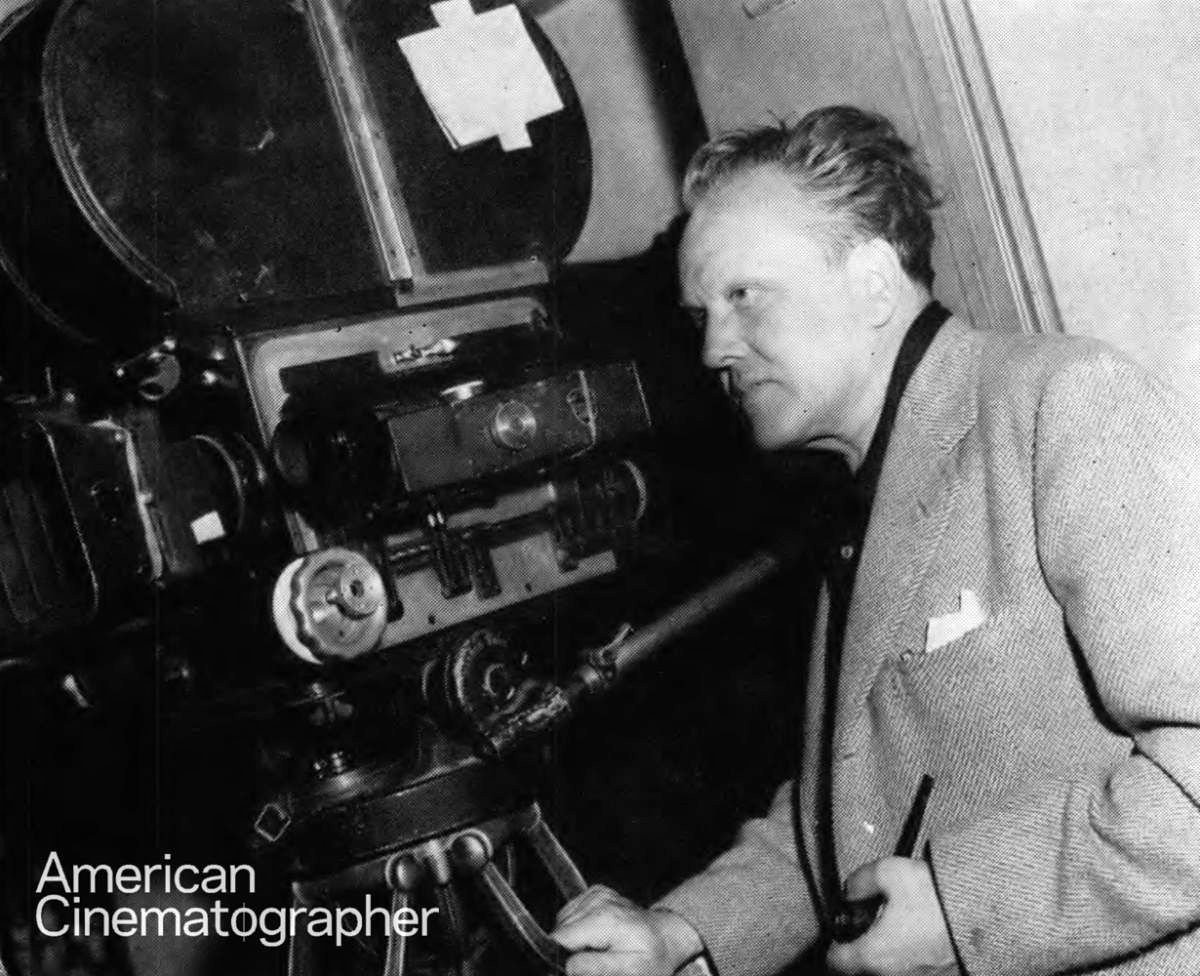
Rosher passed away in 1974 at the age of 88, having worked on more than 140 films between 1912 and 1955. He finished his career with six Oscar nominations, including two wins — the previously mentioned Sunrise and The Yearling (1947). His other nominations came for The Affairs of Cellini (1935), Kismet (1945), Annie Get Your Gun (1951) and Show Boat (1952).


